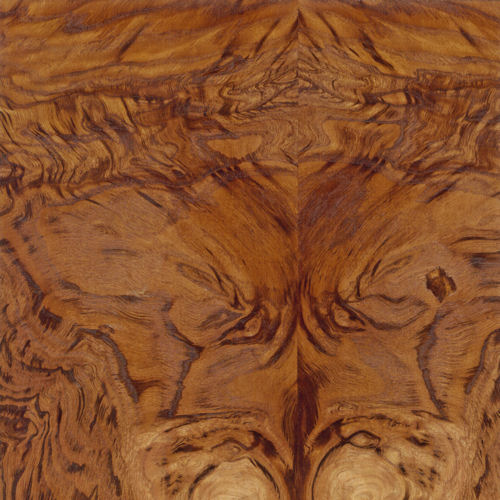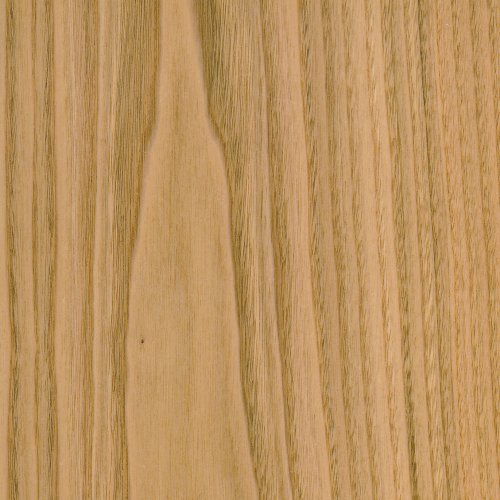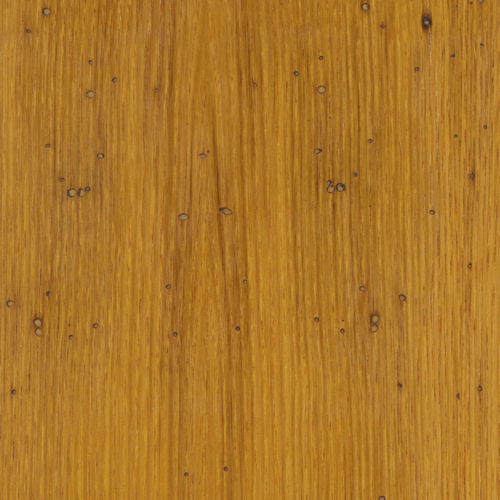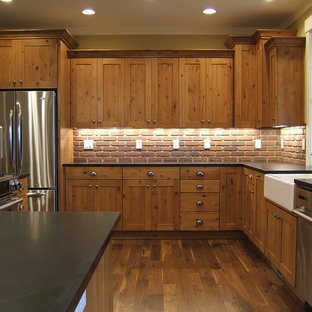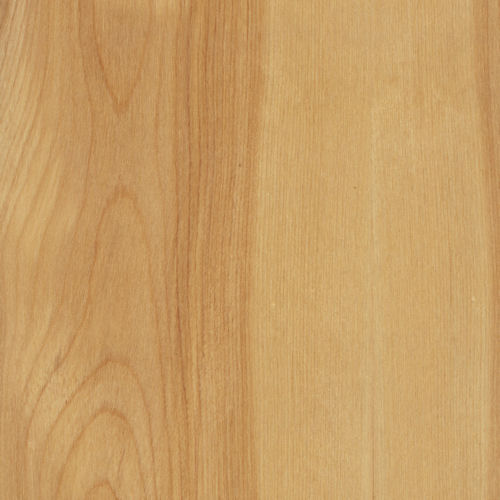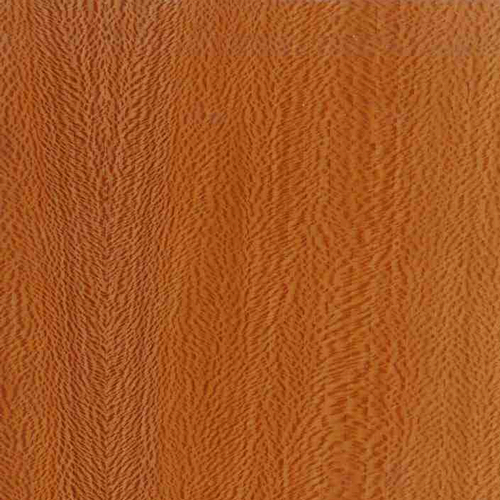European Chestnut
[Castanea sativa]
A common alternative to its, now, super-rare cousin, the American Chestnut, the Europen Chestnut grows most prolifically throughout Central and Southern Europe. But also in Asia Minor and North Africa. It’s sometimes referred to as “Spanish Chestnut,” “Sweet Chestnut,” or simply “Chestnut.”
Widely cultivated for their edible seeds (“chestnuts”), European Chestnut trees naturally live to an age of 500 to 600 years. And in cultivation, can grow to be 1,000 years old or more.
While the heartwood of European Chestnut ranges from light to medium brown – darkening to a reddish brown with age – its narrow, well-defined sapwood is pale white to light brown. A real feature, its grain pattern tends to be open and coarse.
Fairly dense and hard, European Chestnut’s wood is generally described as strong and elastic. It doesn’t shrink much once its dry. And has proven to be one of the most durable woods when under water, making it an excellent choice for cladding, decking, fences, groundworks, landscaping work, and hydraulic engineering. It’s also used for wine barrels, flooring, parquet, interior furniture, carvings, and turned objects.
Species Distribution:
Southern Europe
Central Europe
Asia Minor
North Africa
Common / Alternative Names:
Sweet Chestnut
Spanish Chestnut
Chestnut
Janka Hardness:
680 lbf
Sustainability Status:
CITES Appendices: Not listed
IUCN Red List of Threatened Species: Not listed
Related Species:
American Chestnut (Castanea dentata)
Wormy Chestnut


